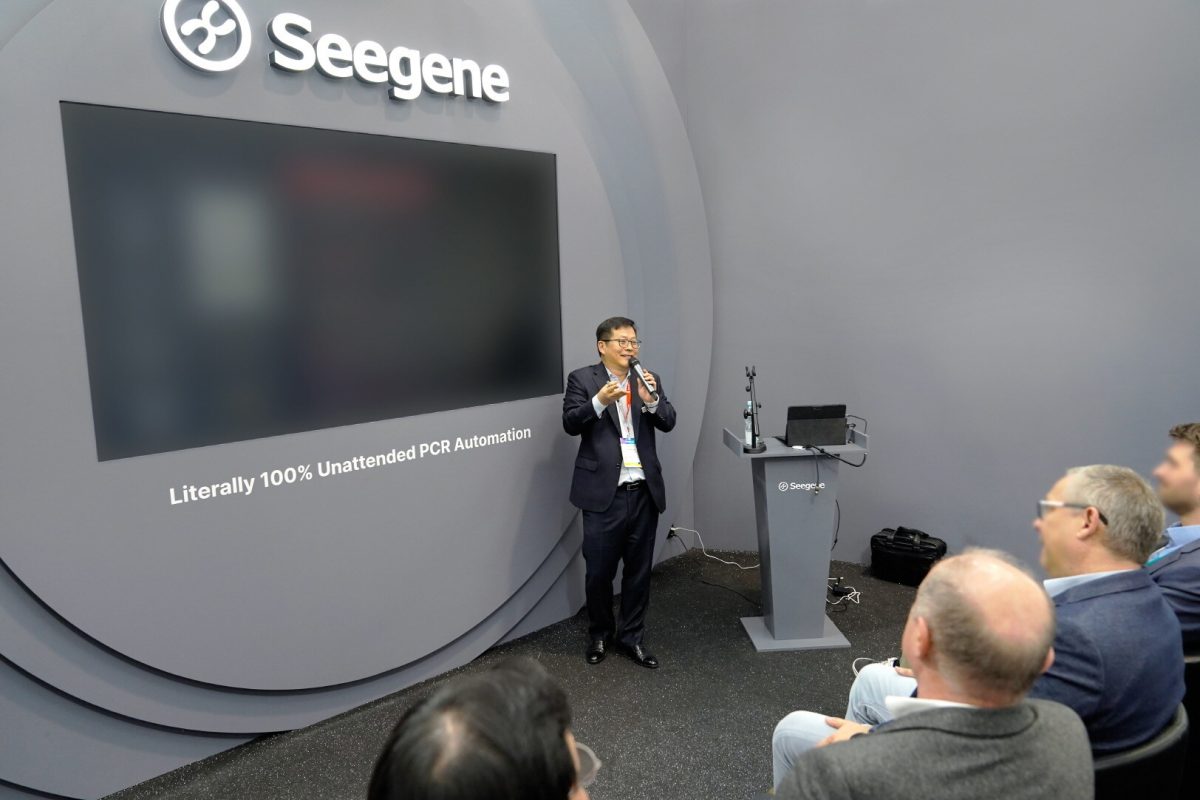WVU Medicine is one of the first medical centers in the country to offer the Integrum Osseoanchored Prostheses for the Rehabilitation of Amputees (OPRA™) Implant System for the treatment of lower extremity amputations.
“Being one of the select facilities in the country to offer a multidisciplinary amputation clinic that incorporates this groundbreaking technology of osseointegration places our group at the forefront of amputee care,” Brock Lindsey, M.D., WVU Medicine orthopedic surgeon and Musculoskeletal Oncology and Adult Reconstruction director, said.
Osseointegration is a surgical procedure in which the prosthesis is integrated and permanently implanted into the bone. The revolutionary approach and viable alternative to a standard socket prosthesis offers a range of benefits for amputee patients, including improved mobility, enhanced comfort, reduced pressure, and stable attachment.
The OPRA™ Implant System is installed via two surgical procedures. In the first surgery, the fixture is implanted into the bone, which requires about six months of healing time for the bone to fully grow onto the fixture and anchor it. In the second surgery, an abutment is attached to the fixture and extends through the skin to connect to the external prosthesis. Another six months of rehabilitation is required, including fitting with a customized final prosthesis.
“We have already seen an increase in function and ease of use in our patients who have had the procedure,” Dr. Lindsey said.
The OPRA™ Implant System is the first and only FDA-approved technology for bone-anchored prostheses in the United States. In December 2020, the FDA approved OPRA for individuals who have transfemoral, or above-knee, amputations and those who have or are anticipated to have rehabilitation problems with, or cannot use, a conventional socket prosthesis.
For an appointment in the amputation clinic, call 304-598-4830. For more information on WVU Medicine Orthopedics, visit WVUMedicine.org/Ortho.
